Landscape Architecture: The Place, Wintersession 2015, Instructor: Andersen (Zaixian) Wang
Landscape Architecture: The Place
An in-depth exploration in landscape and film, applied to an abandoned warehouse in Rhode Island's Provisions Warehouse District.
"Landscape is not just the physical environment that we live in, it is closely connected to our own psychological world. When we walk through a landscape, we are not only moving physically, but also mentally. The emotions that we experience in a landscape color our understanding of that place and offer us fresh insights into ourselves. Film is a medium that can capture and express psychological states very successfully. The methods used in film share much in common with methods of landscape design; one's view is controlled and exploited for effect, movement is choreographed through sequentially framed scenes, light and shadow are modulated to enhance or hide information or to change the feeling of the scene, and sound is used to layer additional qualities of mood and feeling."
Course Goals:
-To learn and understand how film and landscape elicit a range of emotions by different means
-To explore and develop methodology for shaping emotions in landscape and film
-To create effective works to impact emotional experience in landscape and film
-To build an interdisciplinary dialogue and be inspired by the exchange of different design languages
In this 5-week course, our first assignment involved finding a short clip from a movie that allowed us to conduct analysis on how the director influenced the viewer's emotions through the framing of each shot. I chose a scene from the 1997 film Gattaca, directed by Andrew Niccols.
After examining the clip, I took down observations I had and conducted analysis on the framing of the scene.
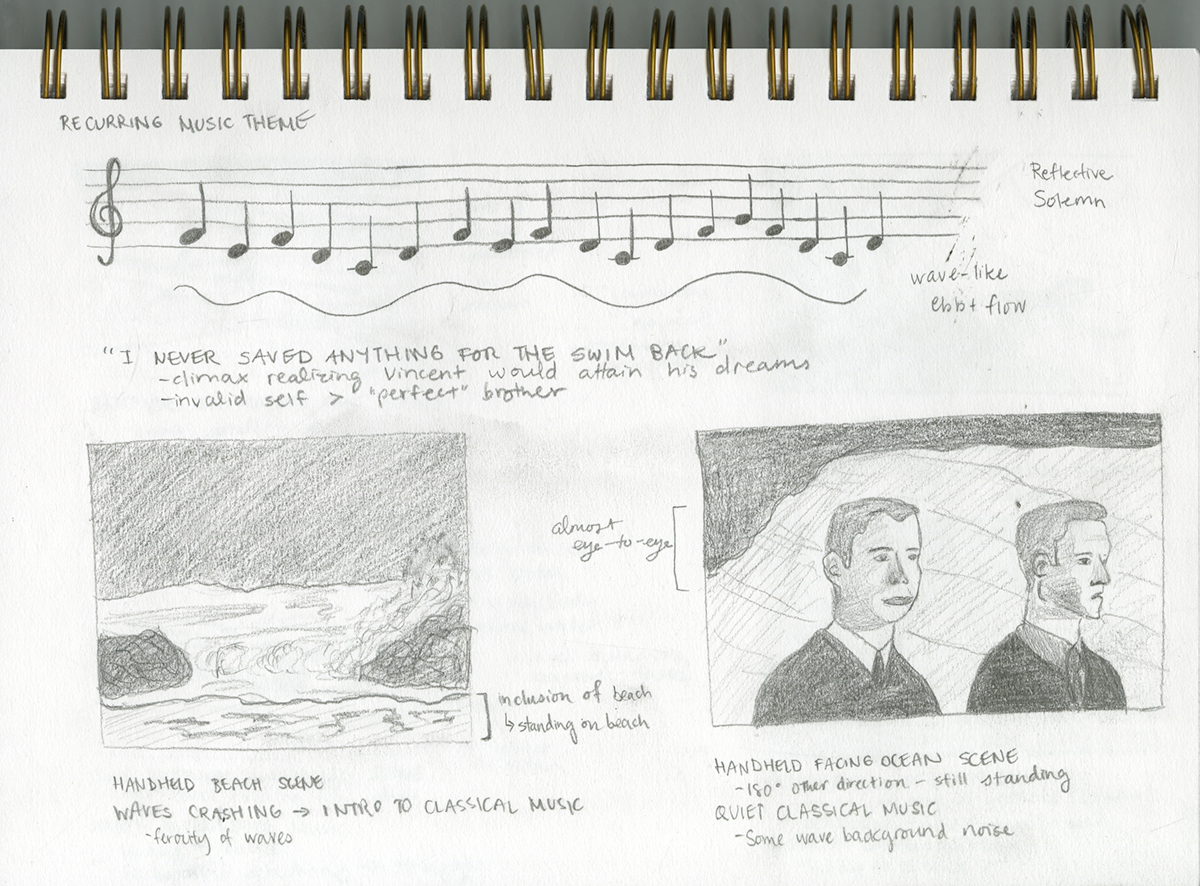
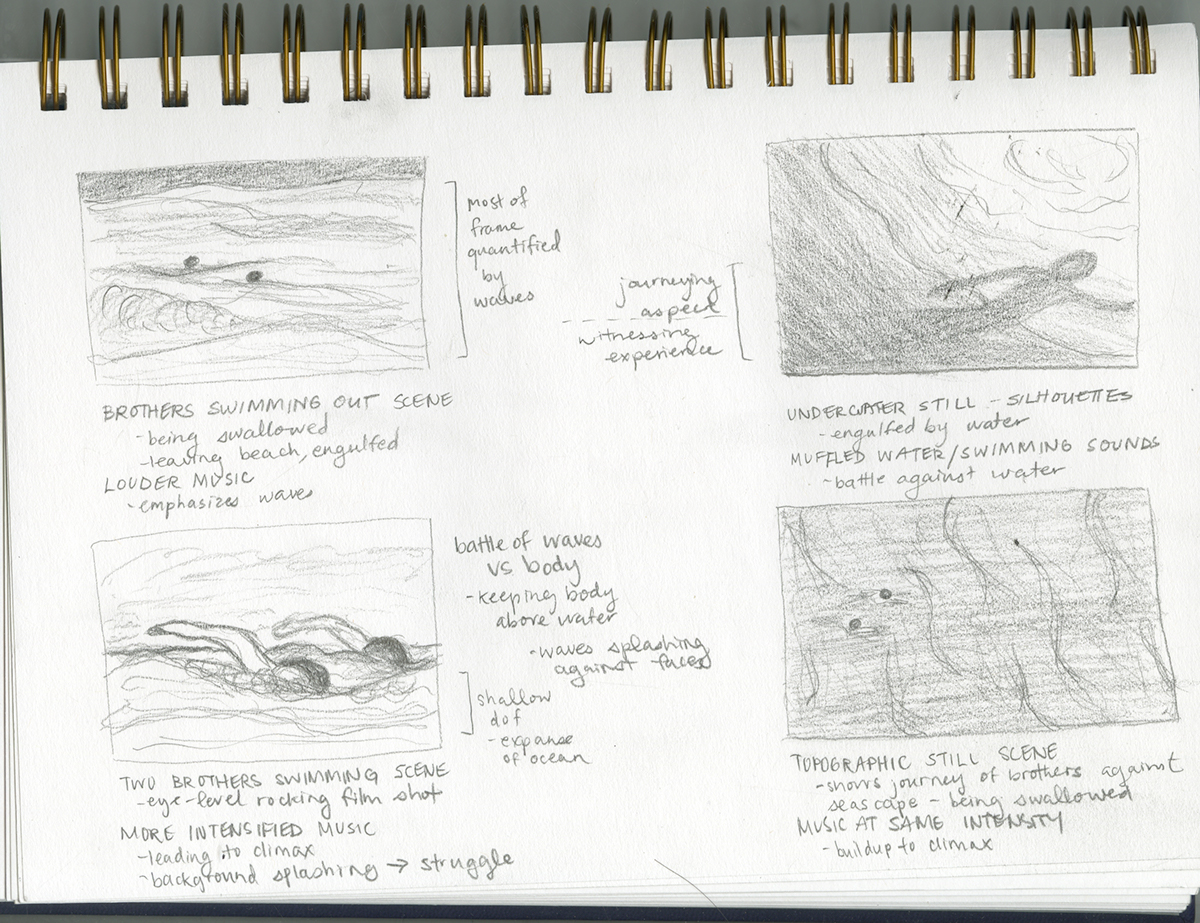
Initially the camera is handheld, which reveals the presence of the audience as the brothers face off in their final swim. The scene begins with the camera faced towards the ocean from a standing perspective, then to the two brothers as they face the ocean, from a 180º perspective of the initial scene. The brothers then swim off into the ocean from a still of the first perspective. This is followed by a still underwater scene, showing the brothers’ swimming silhouettes. The next part of the scene is filmed from the surface of the water in a rocking fashion, as if the camera was pushed around by the waves’ ebb and flow. Niccols then films the brothers swimming from a still topographic view, a still underwater view, then back to the ebb-and-flow style.
This scene proved Vincent’s strength as an “invalid” by overcoming his brother’s supposedly superior genes. It revealed Vincent as a fighter, and was the turning point in the movie where Vincent realized that his dreams would come true.
From the standing, handheld perspective, I found that there was an implication that the audience was present in the scene and witnessing it first-hand, which is something I would not have found if the scene was filmed as a still. The first scene of the waves reveals their ferocity and Niccols includes the sound of the waves crashing against the shore, before gradually introducing some classical music. As the brothers swim into the ocean, the music intensifies and gets louder. The music carries a somewhat solemn and reflective mood, and also mimics the ebb and flow of the waves. In addition, it reflects the foggy and relentless seascape. The use of the underwater still, topographic still, and especially the rocking filming motion further place the viewer in the experience of the scene, exemplifying the brothers’ struggle against the water.
In class, we were given 30 minutes to create two short clips that conveyed the emotions of a landscape of our choice.
We were then given the task to find a location for our further investigations and final project. I chose an abandoned railroad site in the old Provisions Warehouse District in Providence, RI. Below is a quick sketch of my location (figure included for scale), an analysis of the features of my site, as well as three video sketches of my chosen location.


Next, we were asked to choose another clip from a different film that contained a landscape that shared the same emotional evocations of our site. I chose the following clip from the 2001 movie, Life is Beautiful.
We created models and sketches of the landscape found in the film we chose.



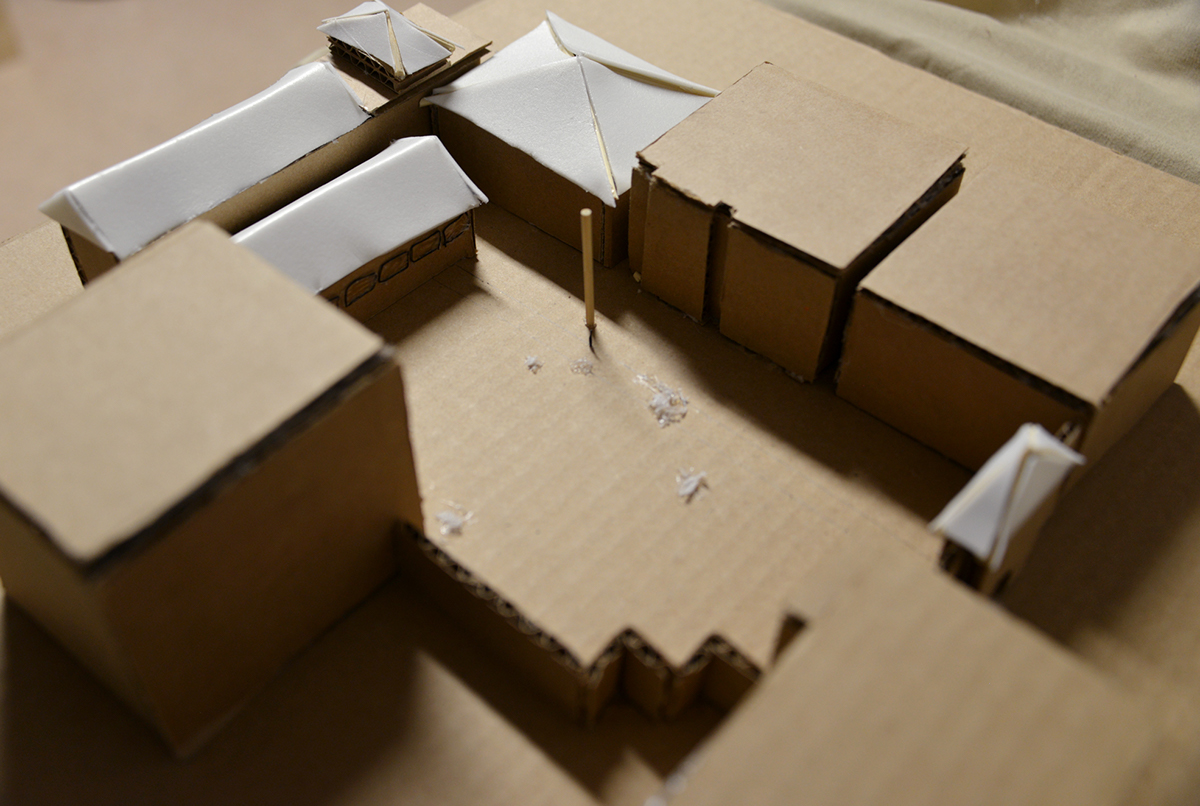
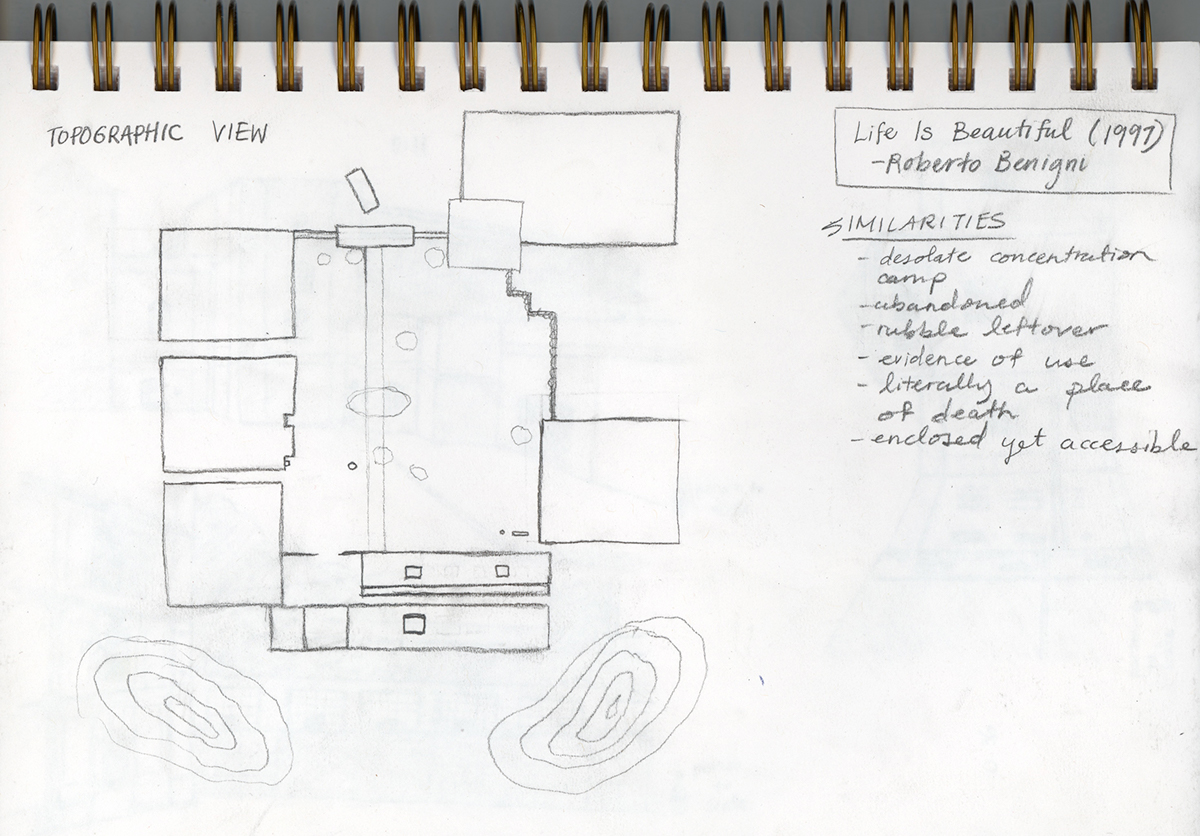

I created a second draft of my final film, additional sketches, and a model of my chosen site. I experimented with the video's soundtrack. Furthermore, I made both a large-scale model, as well as studies of specific aspects of my site, such as the peeling paint of the wall facade and a movable model that helped me understand the movement of cups blowing in the wind.
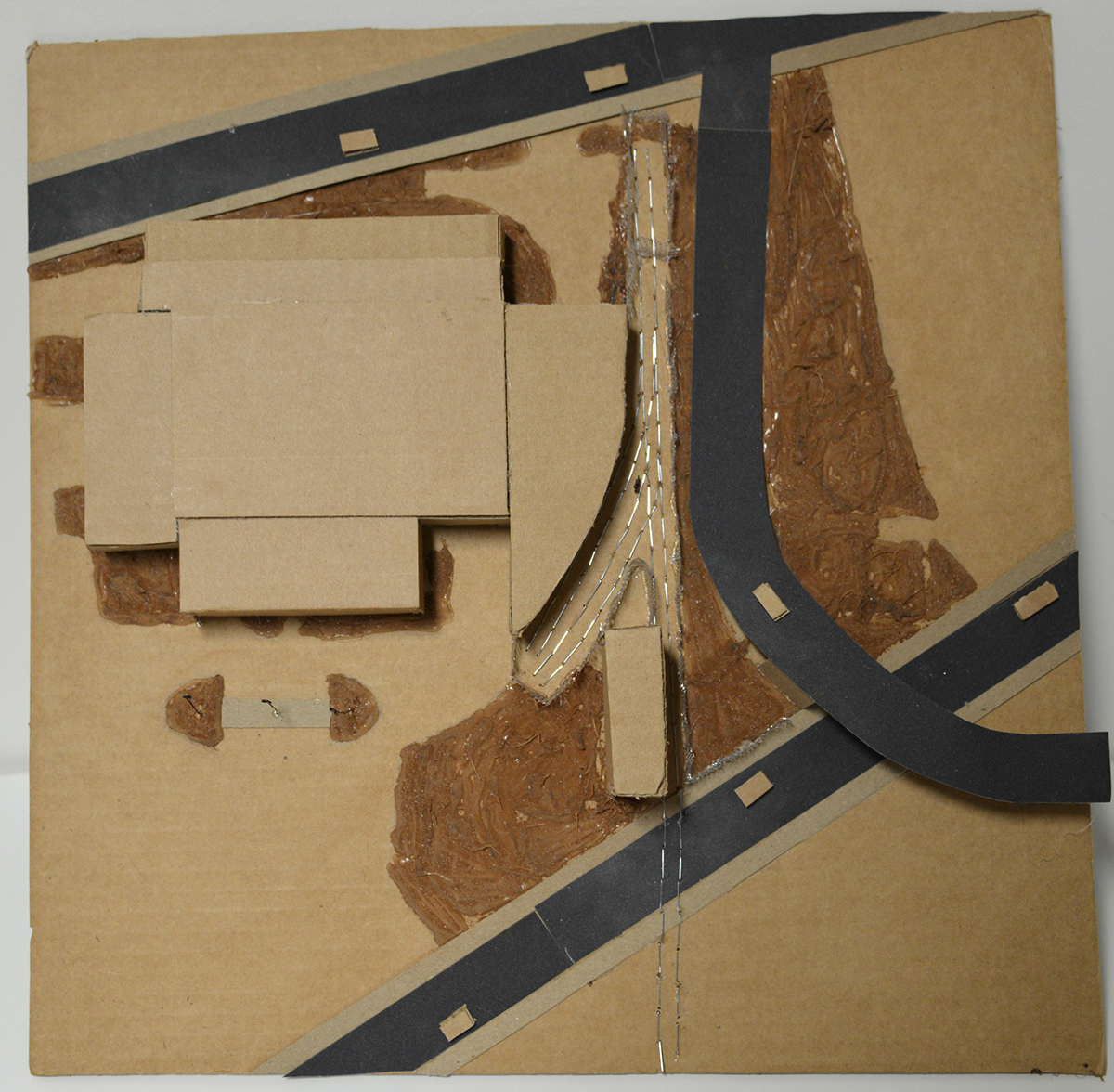
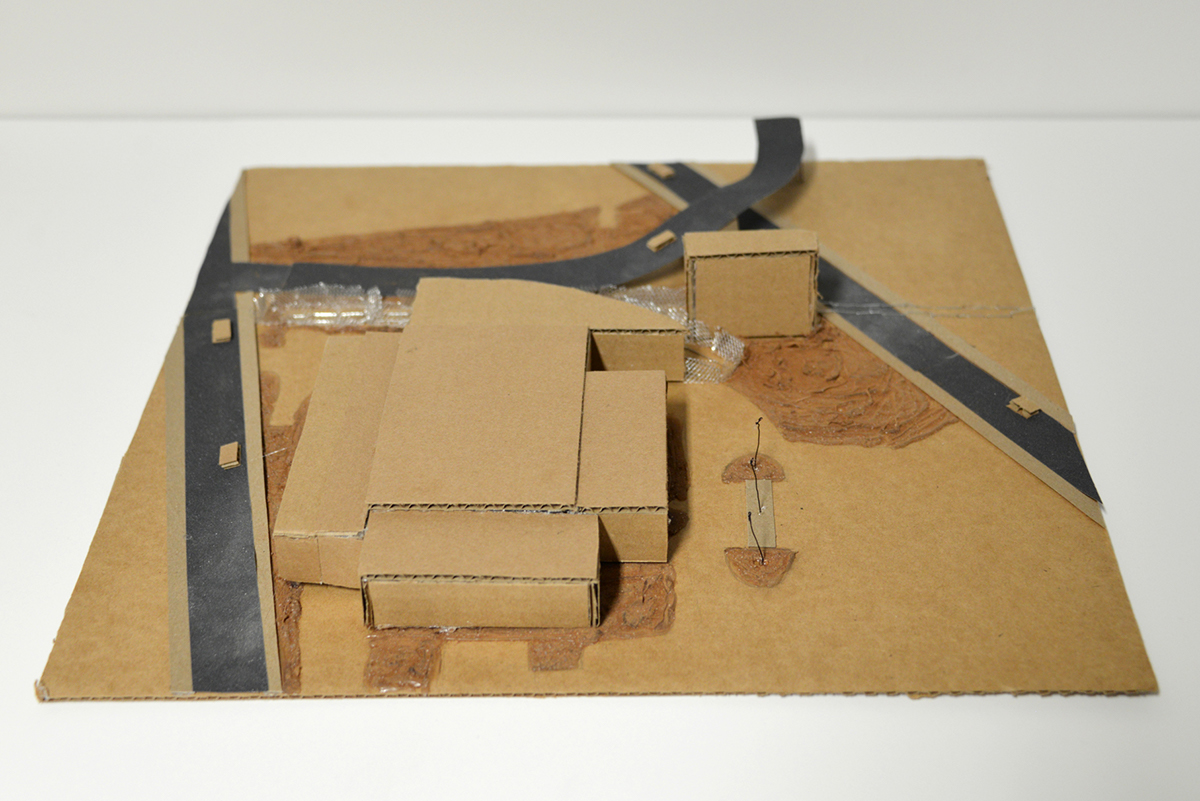

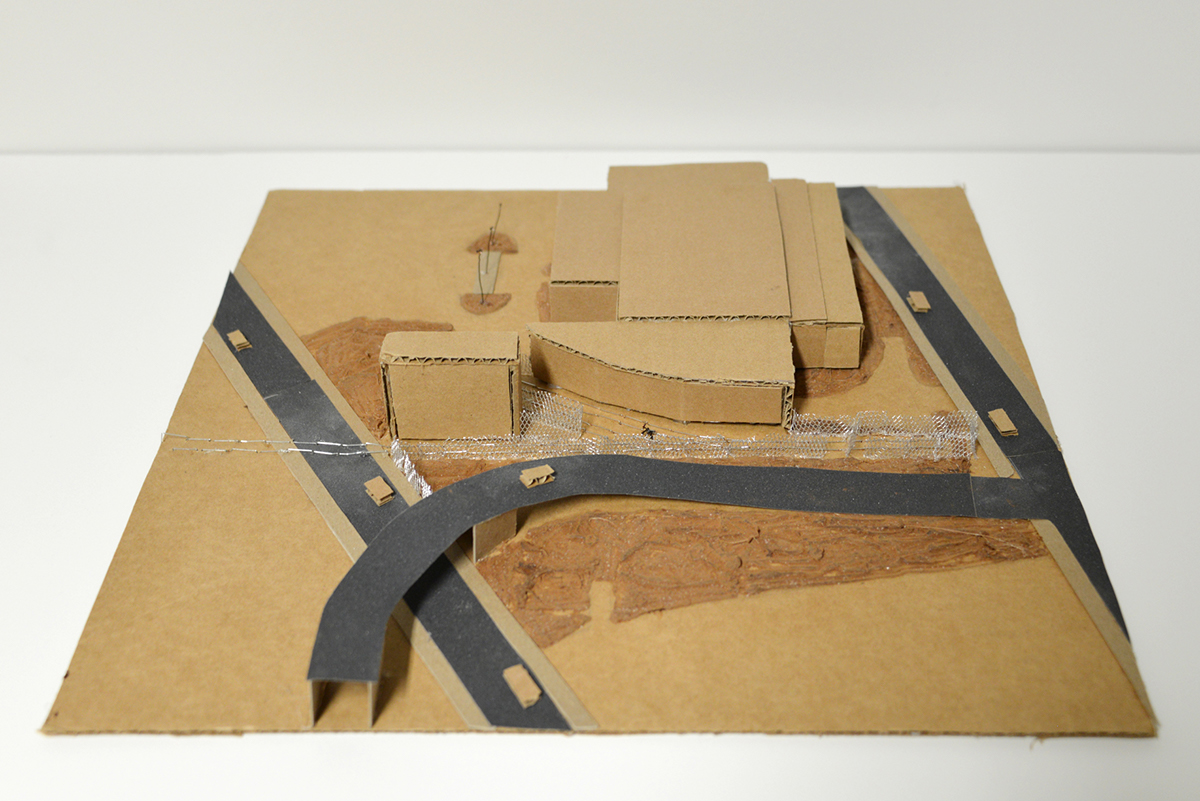
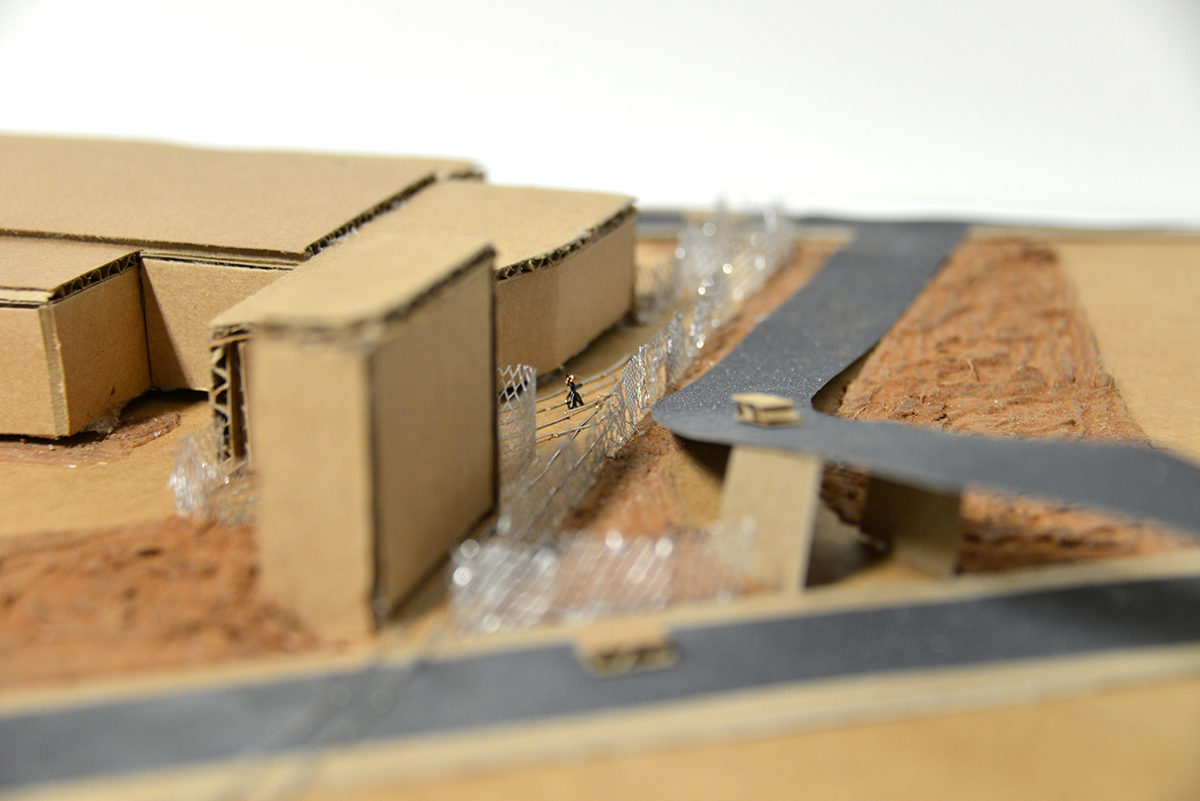

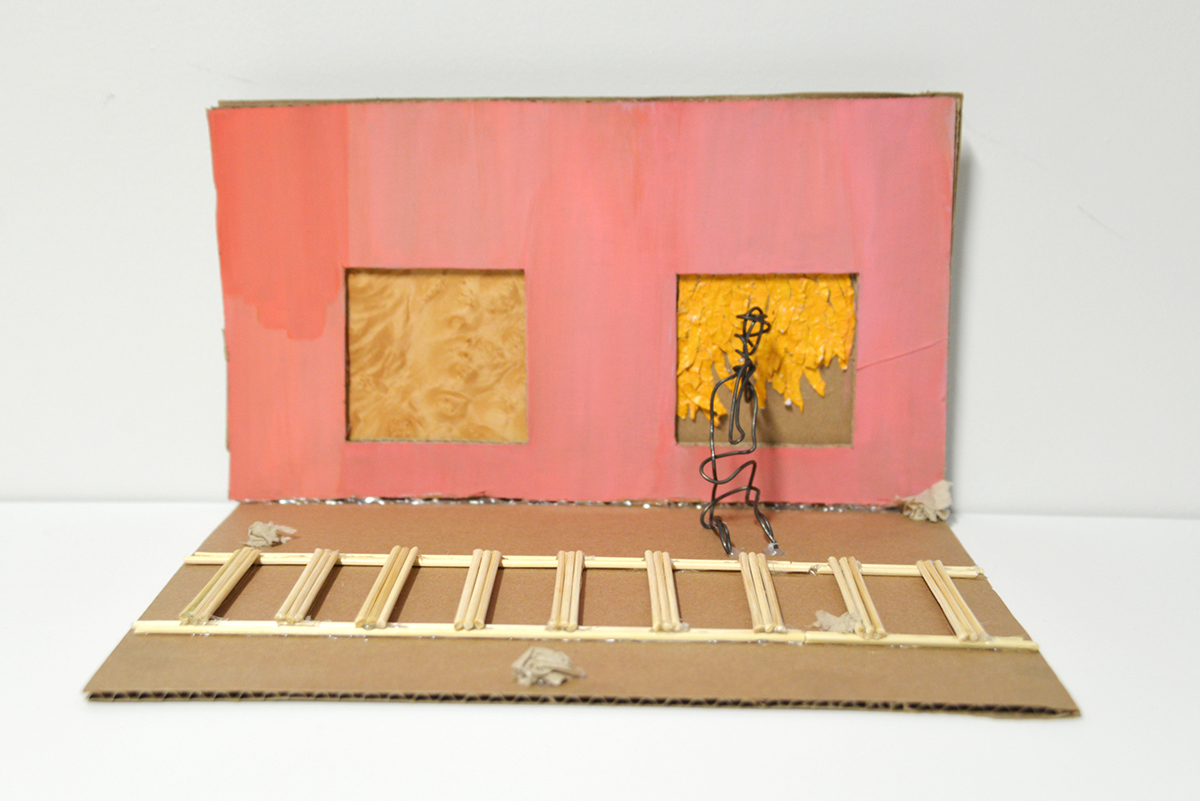



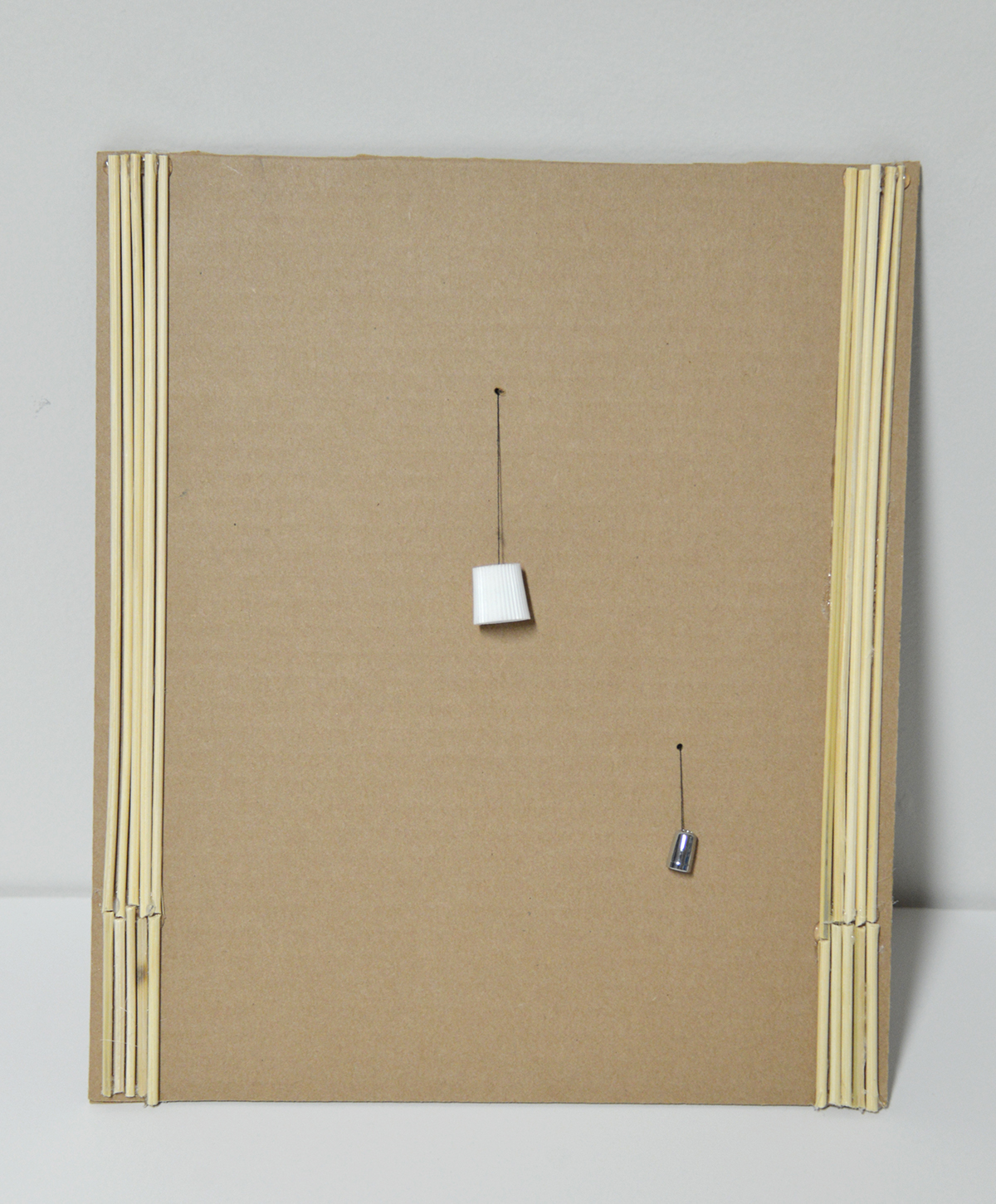
Currently, my site is an enclosed space surrounded by single facades of two different buildings as well as fencing, being only enterable from the main street. It is not uncommon to see debris or grafitti n this area. To the right upon entering the site is an entrance to a highway. The area is undisturbed within its boundaries and externally is only disturbed by the occasional passing of cars or people on the main street. Upon entering, the first building to the left is recognized as a nightclub that is seldom open throughout the week. This building was built in 1907 and was constructed along the bend of the railroad tracks, which travel across the main road. THe building was originally used as part of a warehouse for wholesale liquors, with the railroad being used to directly serve the building. In 2011, the other part of the warehouse was demolished due to lack of use. It is unclear when the railroads stopped being used, but presumably around the 1990s. This building is currently one of two buildings left over from the Provisions Warehouse District, which provided food provisions to the industry from 1929 to 1998. The second building surrounding this enclosed area is currently being used as a warehouse.
One of the most predominant features of this site are the railroads. These railroads reflect that there were once people interacting with the landscape, but due to time and industrialization, people have since abandoned this area. This feeling of abandonment is also exemplified by the debris on the ground, decaying facades of the buildings, as well as the graffiti on the walls, which indicate that it is no longer important to the people surrounding the site to keep the area presentable. To me, this generates a deserted and isolated mood due to being the only person present in a relatively large enclosed space.
To begin my film, I decided to have a shot showing the entrance façade, in which a person walks by on the main road. Later in the shot, a running train goes by in the background. I thought this juxtaposition would be an interesting introduction to the site and sets up the revealing of the chosen site. After this shot, I included a pan of the site, which shows the expanse of the enclosed space as well as the isolation in the area. I continued with shots of the dead-end railroads, which exemplify their predominance in the site, as well as the fact that these railroads were used to specifically serve the buildings. Next comes a scene of two leftover cups, which roll around due to the surrounding wind. With this shot, I wanted to reveal the movement in the site, which only exists due to natural elements. Transitioning from a series of “bigger picture” shots, this is the first detailed shot of the film. From this, the film transitions to more detailed shots, showing a fly resting on a wooden panel, then a series of square sections on the main façade, whose location was shown in the first scene. I feel that these square sections strongly reveal the decaying aspect of the site, as their lack of presentable appeal reveals the negligent attitude of the people who own the site. They also stand as a representation of the site’s overall lack of use. From these detailed shots, I go back to the bigger picture, revealing the movement that occurs due to human use outside of the site during both the day and night. The audio I included for my footage was an overlay of wind sounds as well as sounds of a train running. This further shows the distinction between the current state of the site and how it was used decades ago.


